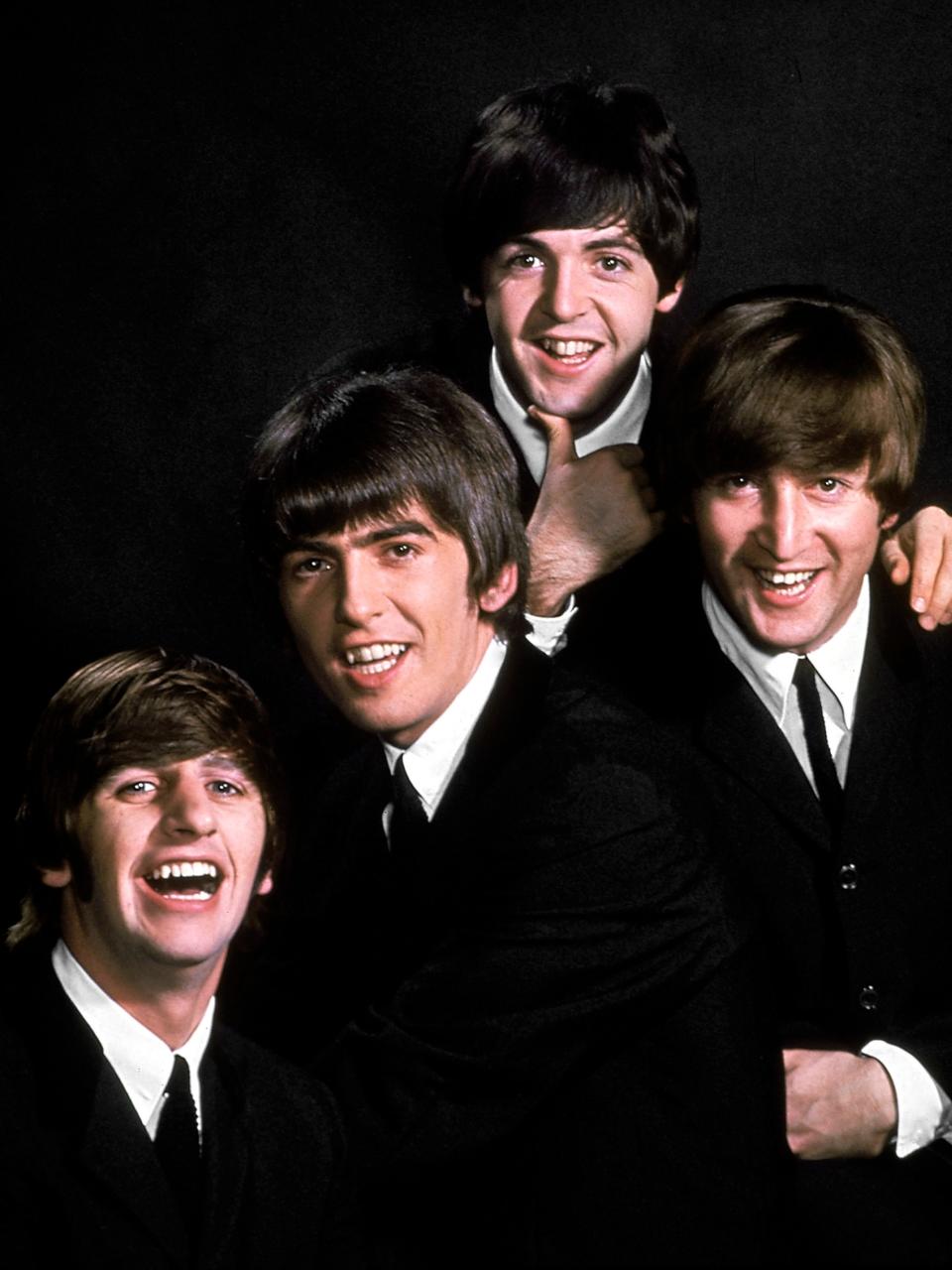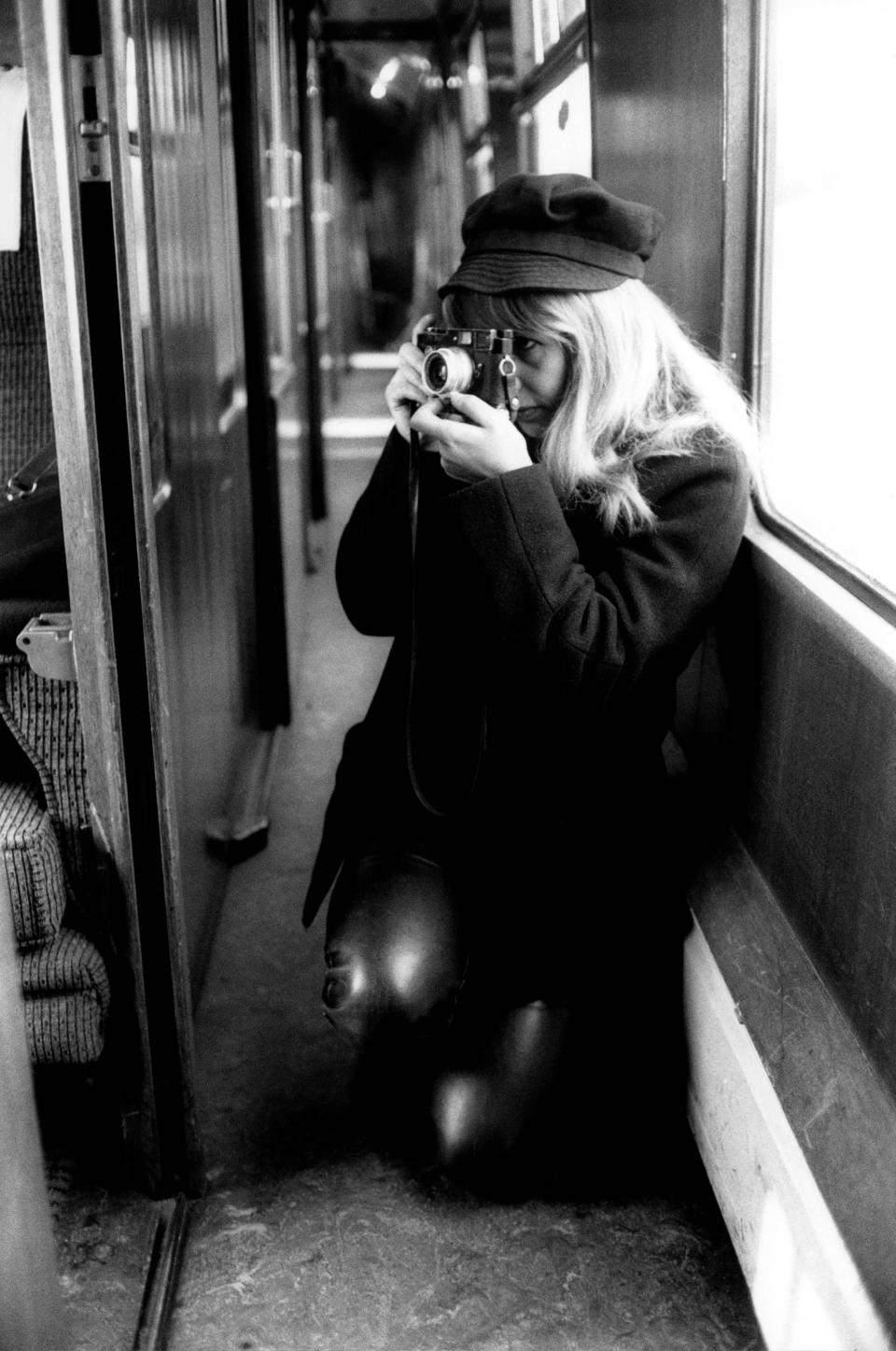Remembering Astrid Kirchherr, the Photographer Who Helped Create the Beatles’ Iconic Mop Top Look
Earlier this month, the world lost Astrid Kirchherr, the German photographer and artist who helped put the Beatles on the map in the early 1960s with her distinctive black-and-white photographs. According to Beatles historian and biographer Mark Lewisohn, Kirchher, a protégée of the great photographer Reinhart Wolf, took “the definitive image of the group before they attained fame” when she lensed the Beatles—who at the time were made up of John Lennon, Paul McCartney, George Harrison, Pete Best, and Stuart Sutcliffe—at a fairground in Hamburg, Germany, in 1960. But while Kirchherr is best known for immortalizing the the Fab Four, she also had a hand in cultivating their iconic image—their famous mop tops in particular.
“All my friends in art school used to run around with this sort of, what [you’d now] call Beatles haircut,” Kirchherr told the BBC in 1995. “And my [first] boyfriend, Klaus Voormann, had this hairstyle, and Stuart liked it very, very much. He was the first one who really got the nerve to get the Brylcreem out of his hair and [ask] me to cut his hair for him.”

The mop top, a French-inspired cut with mid-lengths sculpted across the forehead in a shaggy fringe, had been popular amid the German art scene, but was a dramatic departure from what was trending in England. Like many British youths, the Beatles had been embracing the Elvis-inspired pompadour look—greased and swept back. But after Sutcliffe had his head sheared by Kirchherr, Harrison came to her asking for the look; and eventually, after some persuading from German art student Jürgen Vollmer, whom the Beatles met during their Hamburg days, John and Paul followed suit. When the Beatles debuted their shags, it launched a cultural phenomenon. A far cry from the ’50s slicked swoops and traditional crewcuts that preceded it, the textured, sideswept look was radically softer and more androgynous. It became wildly popular among fans as well as fellow rock-and-roll musicians, from the Rolling Stones to fellow long-haired rebel David Bowie, and helped usher in the counterculture revolution of the late ’60s and ’70s.
Embracing nuance at every turn with her own sense of style, Kirchherr had an eye for what was next, and continued to influence the Beatles in a number of ways throughout the ’60s as she documented their meteoric rise. “Intelligent, inspirational, innovative, daring, artistic, awake, aware, beautiful, smart, loving, and uplifting friend to many,” wrote Lewisohn in his tribute to Kirchherr. “Her gift to the Beatles was immeasurable.”

Photo of Astrid KIRCHHERR
Photo: Getty ImagesOriginally Appeared on Vogue

